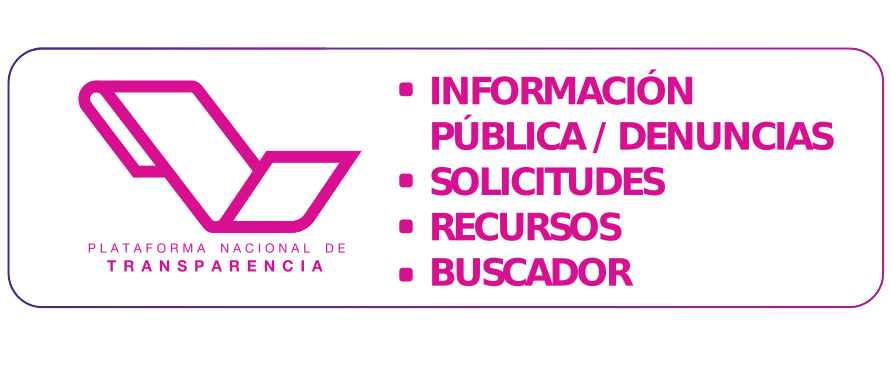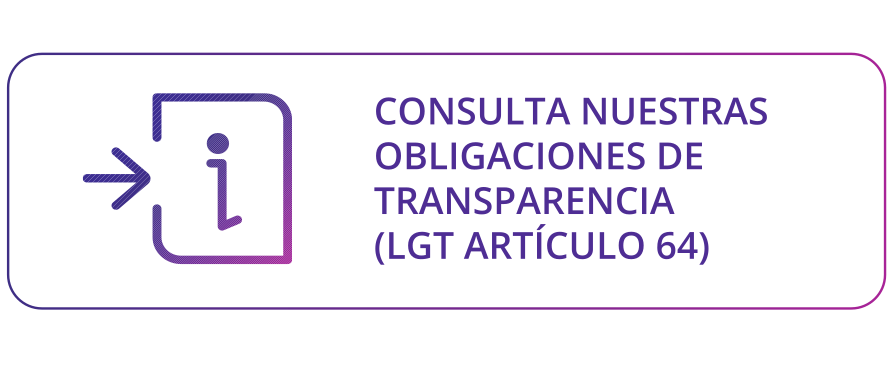En el marco del Día Internacional contra la trata de personas, entrevistamos a la Dra. María Dolores París Pombo, quien nos introdujo al conocimiento básico sobre este fenómeno caracterizado por la violación a derechos humanos entre los sectores más vulnerables y que tiene como finalidad la explotación misma.
Por lo general, se piensa que la trata de personas está vinculada con el crimen organizado o con cárteles de las drogas, sin embargo, la verdad es lo que se ve de la trata y que está mucho más normalizado por la gente. En las zonas rojas de ciudades como Tijuana, el ejemplo de la calle Coahuila en particular, hay situaciones de prostitución que sin duda alguna están relacionadas con la trata de personas. Muy comúnmente en México, este fenómeno se da desde situaciones familiares, menciona la investigadora, casos en que un adulto o adulta explota a mujeres jóvenes dentro de la misma familia, siendo esto: “mucho más común de lo que se puede imaginar, en donde las trasladan para explotarlas”. Por supuesto, agregó, también hay situaciones mucho más complejas de redes más organizadas y de empresas que se dedican a esto.
De entre los tipos de trata, la más conocida es la trata para explotación sexual, luego de la trata para explotación laboral; esta última consiste en “enganchar” a la gente desde sus lugares de origen, se los traslada (por ejemplo a Estados Unidos) y se le obliga a trabajar sin pagarles un salario, bajo condiciones en que son privados de su libertad y sin que tengan oportunidad de denunciar. Estos casos son más comunes en el trabajo doméstico. “El enganche es que se les promete que se les va a conseguir trabajo, las llevan a un lugar donde no tienen documentos, donde no conocen el idioma, donde se sienten muy desubicadas y se las explota como si fueran prácticamente propiedad, como si fueran objeto”. A esto se le conoce como la esclavitud moderna.
Los números varían mucho según las organizaciones, por ejemplo, la Organización Internacional del Trabajo (OIT) tiene datos de trata para la explotación laboral. Muchas otras han sacado datos de cientos de miles de millones, pero que terminan contrastando con los que llegan efectivamente a los tribunales y que son juzgados. En México muchos casos se quedan en el Estado, y son expedientes que se quedan en la unidad de trata. En Baja california, por ejemplo, llegan muy pocos casos (no más de 50 al año) y tienen más que ver con temas familiares que con el crimen organizado.
El vínculo con las organizaciones criminales varía por la diversidad de actividades relacionadas. La trata es un problema más generalizado y no necesariamente mezclado con el crimen organizado, aunque indudablemente también existan organizaciones criminales que se dedican a la trata. Incluso las mismas actividades de la organización pueden coincidir con el secuestro: “Si las muchachas no pueden pagar el rescate son explotadas sexualmente, o para el tráfico de drogas, u obligadas a consumirlas para poderlas explotarlas”. Sin embargo el tráfico de drogas y la trata de personas son dos problemas distintos que no necesariamente van a coincidir.
En el caso de la trata para explotación sexual, lo más común es que a las muchachas se les obligue a consumir: “… y esto lo vemos cotidianamente en los centros nocturnos, en los clubs de Tijuana y muchas otras ciudades, que las obligan a consumir una gran cantidad de alcohol porque la empresa cobra por las copas a las que son invitadas”; con el objetivo de que, consumiendo alcohol y drogas, sea mucho más fácil explotarlas.
En 1996, después de un diagnóstico mundial sobre la trata de personas, hubo todo un proceso de diálogo internacional hasta firmar el Protocolo de Palermo, que es el acuerdo más importante en relación a la trata, donde todos los países se comprometen a luchar contra ella, a prevenirla y a cooperar entre ellos para encontrar las redes de trata. A raíz de eso, en algunos países como en México se impulsaron leyes, tanto en los Estados como a nivel nacional. Del 2007 al 2012 se renovó una ley contra la trata, que es para prevenir, sancionar, combatir la trata de personas y para la atención a las víctimas. “Es una ley muy completa pero desgraciadamente todavía no existe el reglamento a nivel nacional; como pasa mucho en México, que tenemos muy buenas leyes pero muy poca capacidad de aplicarlas, de ejecutarlas”.
En este fenómeno influyen problemas legales distintos, uno es la prostitución. Muchas mujeres exigen ser reconocidas como trabajadoras sexuales, por ejemplo muchachas o señoras que fueron enganchadas cuando eran menores de edad, que no llegaron voluntariamente a las zonas de prostitución, sino que fueron forzadas, por engaño, porque les prometieron otro trabajo, o porque fue lo único que les ofrecieron. En estos casos puede haber en el origen una situación de trata, como en la forma en que fueron enganchadas y llevadas a los lugares de prostitución, pero con el paso del tiempo muchas reclaman su trabajo y no se consideran víctimas sino como algo que ellas hacen, algo suyo. Esto hace que la diferencia entre prostitución y trata sea muy difícil de percibir.
Sin embargo, también hay casos muy claros como el de prostitución infantil en que el consentimiento de un menor es nulo y se le considera al adulto que la llevó o que la explota, un tratante de personas. Lo cual es también un caso común entre trabajadoras sexuales que empezaron a los 10 años, pero ahora que tienen 25 o 27 años, y que no ven otra oportunidad distinta de vida; entonces es más difícil sacarlas del medio.
Una parte muy importante para combatir la trata es la educación, pero interceden problemas más fuertes como la corrupción, pues comúnmente “los policías son los primeros clientes, los que están en esas zonas protegiendo a los tratantes, son los que cobran”. Al igual que intentando erradicar otros problemas del país, se interponen la corrupción y el terrible sistema de justicia del país, convirtiéndose en los obstáculos principales.
“Podemos educar a la gente y capacitar; justamente el diplomado que tuvimos estaba dirigido principalmente al sistema de justicia”, agregó la Dra. Dolores Paris. Pero ante estos esfuerzos hace falta una voluntad política enorme y, desgraciadamente, el gobierno actual no está mostrando un interés muy grande por el tema.
September 23th marks the International day against human trafficking and to highlight this world spread phenomenon we spoke to Dolores Paris, researcher and a specialist in human rights, about the topic which is characterized by the systematic violation of human rights and exploitation of the most vulnerable.
Usually, it is thought that human trafficking is linked to organized crime or drug cartels, however, the truth is what you see of trafficking is so normalized by people in general. In cities like Tijuana, the infamous Coahuila Street in downtown close to the border, there are situations, like prostitution, that are undoubtedly related to human trafficking. In Mexico it is very common to see human trafficking situations disguised as mobility, sometimes it is a family situation where an adult or young women are exploited by their own family members, the researcher explained. “It is much more common that one would expect, they move this women and children to exploit them”, however there are also organized networks of traffickers.
There are different types or purposes of trafficking, the best known are the ones where people are being trafficked for sexual exploitation and/or for forced labor, the latter is usually done as a “hook” for people to get them out of their places of origin with the promise of going to the U.S. for example and then forced to work without pay under inhumane conditions, deprived of their freedom and without having the opportunity to reach the authorities.
These cases are more common in domestic work. «The catch is that they are promised that they will get a job, then they are taken to a place where they have no documents, where they don’t know the language, where they feel very disorientated and they are exploited almost like property, like objects «. This is known as modern slavery.
The numbers vary widely by organizations such as the International Labour Organization (ILO) which has data on trafficking for labor exploitation. Some others count thousands, even millions, but it is hard to know in fact how many victims there are since only some of this cases reach the courts. In Mexico many cases remain in the State, and are records that remain in the offices and archives. In Baja California, for example, we get very few cases (no more than 50 a year) and have more to do with family issues than with organized crime.
The connection with organized crime varies depending on the activities related to it. Human trafficking is a more generalized problem and it is not necessarily related, although it is very common, to organized crime or drug related issues. However there is no denial that there are organized drug gangs and criminals that conduct human trafficking and kidnapping. Dolores Paris explained: “sometimes if women or girls cannot pay for ransom (if they are kidnapped), they will be exploited, usually by forcing them to prostitution and or by consuming or selling drugs”. Nevertheless, human trafficking and drugs are two issues that may or may not go hand in hand.
In the case of sexual exploitation, it is very common that women are introduced and then addicted to drugs. We see this pattern in night clubs in Tijuana and other cities, women are forced to drink great amounts of alcohol because the business owners charge clients for the drinks each girl consumes. This alcohol consumption leads to easier exploitation of these women.
In 1996, after an international diagnosis about the topic, there was an open dialogue regarding the Palermo Protocol, the most important document related to human trafficking, where all countries commit to its eradication, prevention and to cooperate among each other to find this networks of traffickers. Since then, countries like Mexico pushed legislation at the state and federal level to comply with this international commitment. From 2007 to 2012 there have been policies and laws about human trafficking to reduce, prevent and eradicate the problem and also to help victims of this crime.
Another issue in this regard is the link between prostitution and human trafficking. A lot of women demand to be treated as sexual workers, women who may have been victims of human trafficking in the beginning, but that, as time has passed, have become regular sex workers and do not consider themselves as victims. This is a major problem since it draws a blurry line between human trafficking and prostitution. In other cases, the issue is very visible, for example: child prostitution, where there is no consent and there is an adult exploiting the child, which is also common with women who became prostitutes as children, but that now, at 25-27 years of age they are unable to see other ways of earning a living, those are the ones that are most difficult to engage in a path to a better life.
A key element in fighting against human trafficking is education, but the elements against the problem are monumental. First of all, there is widespread corruption, usually police officers are clients, they protect the criminals who exploit these women and children and then they charge them for that protection. This and also a terrible justice system are the main obstacles in eradicating human trafficking, said the researcher.
We can educate and promote awareness about the issue, but this has to be combined with political will and unfortunately the current government has shown little or no interest in the topic.
![]()




